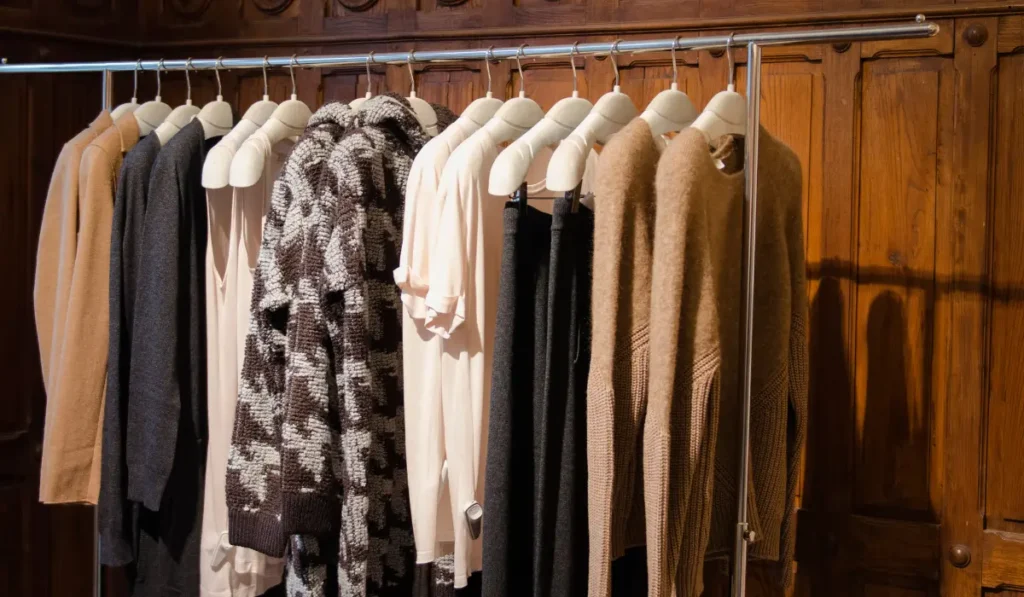XL in women’s clothing typically corresponds to a bust size of 40-42 inches (102-107 cm), a waist size of 33-35 inches (84-89 cm), and hip size of 43-45 inches (109-114 cm). However, sizes may vary by brand and region.
Understanding Women’s Clothing Sizes
Women’s clothing sizes can vary significantly, and XL is no exception. Sizing is determined by a combination of measurements like bust, waist, and hips, but different brands use their own size charts.
While common size ranges often equate XL to U.S. sizes 16-18, you may face discrepancies depending on the retailer. Understanding these variations can help you navigate the challenges of finding the perfect fit, so always consult size charts before purchasing.

Comparing XL Across Different Countries
When shopping internationally, understanding how XL converts across different sizing systems is essential to avoid confusion. In the U.S., XL typically translates to sizes 16-18, while in the U.K., it often corresponds to size 18.
European sizes, on the other hand, can range from 44 to 46. Asian markets tend to run smaller, so an XL in Japan could equal a U.S. medium or large.
Balancing these variations can be tricky, but checking size conversion charts before buying ensures a better fit. Always consider local sizing differences to make the most informed purchasing decision.
How to Find the Best Fit When Shopping for XL
To ensure the best fit when shopping for XL, always start by checking the brand’s size chart. This is crucial, as sizes can vary even within the same size label. When shopping online, take advantage of return policies in case the fit isn’t quite right.
Additionally, measuring yourself properly is key—use a soft measuring tape to check your bust, waist, and hips, then compare these measurements with the chart. While fabric stretch can offer flexibility, it’s still important to keep the sizing differences in mind to avoid frustration with returns or exchanges.
Conclusion
While XL can offer a general idea of fit, measurements and brand-specific guides should take priority. It’s essential to try on clothes or utilize flexible return policies when shopping, especially online. Ultimately, prioritizing comfort over size labels helps you find the best fit, ensuring you feel confident and comfortable.
FAQs
1. What does XL mean in women’s clothing?
XL in women’s clothing generally corresponds to U.S. sizes 16-18, though it can vary between brands. Always check the brand’s size chart to confirm the exact measurements, as sizing can differ.
2. How do I convert XL sizes when shopping internationally?
XL sizes differ between countries. In the U.S., XL is typically a size 16-18, while in the U.K., it’s often an 18. European sizes for XL range from 44 to 46, and in Asian markets, XL may correspond to a medium or large in the U.S. Always use a conversion chart when shopping internationally.
3. How can I find the right fit when shopping for XL clothing?
To find the best fit, measure your bust, waist, and hips, and compare these measurements with the brand’s size chart. Factor in fabric stretch, but be aware that sizes can vary between retailers. If shopping online, take advantage of return policies in case the fit isn’t right.
4. Why does XL sizing differ between brands?
XL sizing can vary due to different sizing standards across brands, regions, and even the style of clothing. While some brands may have a looser or tighter fit for XL, others may have slightly different proportions, making it important to check individual size charts.
5. Should I focus on size labels or measurements when choosing clothing?
Focus on measurements rather than size labels. Size labels like XL give a general idea of fit, but every brand and even fabric type can impact the way clothes fit. Prioritize checking size charts and measurements for the most accurate fit. Comfort should always come first!